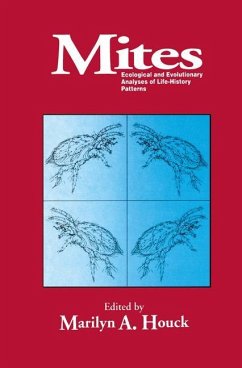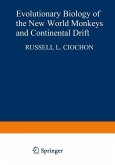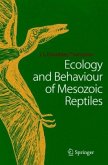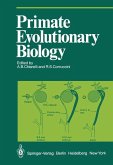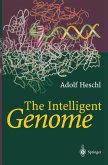Many mites possess extremely intricate life styles in close association with plant and animal hosts. Their polymorphism has made classification a challenge, and their ability to reproduce both sexually and asexually has made efforts to control their populations difficult. This, however, has given rise to theories to explain the origin and function of sexual reproduction in general. In numbers of species and geographic distribution, mites may even surpass the insects. In soils, they are a major component in the system for cycling nutrients. Unlike insects, they have invaded the marine environment. These and a number of other topics are explored in Mites. Because of their extremely small size, mites have been ignored during the development of major evolutionary and ecological theories. Yet mites routinely violate fundamental concepts such as heterochrony, sexual selection, the evolution of sex ratio, and ontogeny. Recent research methodologies have made it practical for the first time to perform experimental work with mites, and since they offer short generation times and rapid research results, they are excellent model systems. Mites announces these results and should appeal to professionals in entomology, acarology, ecology, population genetics, and evolutionary biology.

